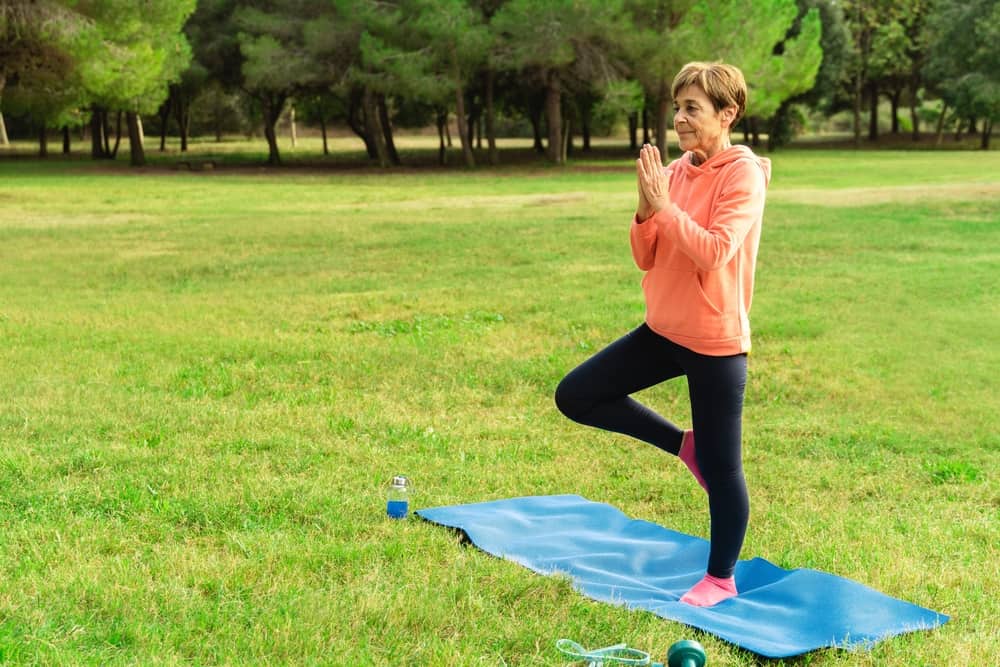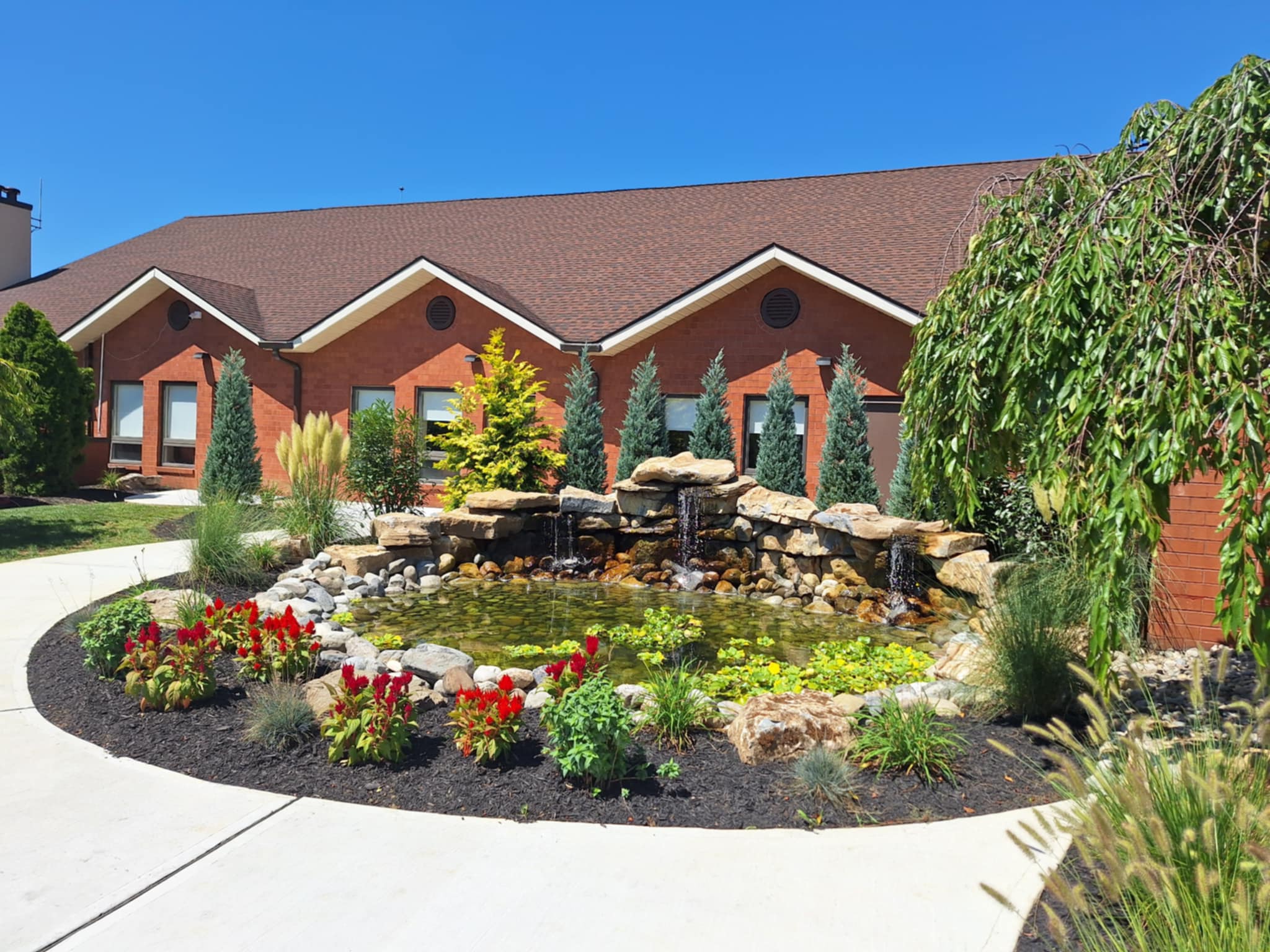Here’s a tough statistic to swallow. As many as 28% to 45% of seniors fall each year due to a decline in balance. Unsteadiness isn’t simply an annoyance; it can lead to debilitating injury, put you in a wheelchair for life, and can contribute to death. According to the National Institutes of Health, each year, 29 million falls result in 27,000 deaths and 7 million injuries requiring medical treatment or restricted activity for at least one day.
But here’s something you should also know about what causes balance issues in seniors: You have the power to significantly decrease your chances of falling from poor balance and actually improve your balance by practicing balance activities, elderly balance exercises, and elderly balance training.
What Causes Balance Issues in Seniors?
Below is a short list of what causes balance issues in seniors and why seniors fall. How many symptoms do you recognize?
- Weakness in hips and legs
- Poor posture from weakened muscles and/or spinal degeneration
- Increasing difficulty lifting your feet and maintaining proper gait
- Slower reaction time when it comes to floor obstacles
- Low blood pressure or medication interfering with balance or causing lightheadedness
- Poor vision and/or undiagnosed inner ear issues that affect your vestibular system
Balance is a complex motor issue involving a cooperative effort among our brains, visual and aural senses, nervous system, muscles, and bones. Issues can arise at any age of course, but as we age, the sensory information from these vital systems tends to break down.
If any one or more of them is “off, ” the chances of losing your balance and falling greatly increase, and the chances of leading an independent, active lifestyle greatly decrease.
Important Pre-Exercise Tips
Balance training typically involves a combination of strength training, endurance training, and specific balance exercises. The goal is to improve your upper and lower body strength, and help your brain and nervous system “relearn” the art of good balance.
Check with your doctor before you begin
As a senior beginning a new exercise regimen, it’s important to see your primary care physician for a checkup first as there are numerous medical conditions related to what causes balance issues in seniors. Your doctor will want to make sure there are no underlying health factors or illnesses contributing to your own balance concerns. Among other things, your doctor will likely check for conditions such as:
- Meniere’s disease
- Vertigo
- Drug interactions
- Ear infections
- Blood pressure
- Heart issues
Follow these important tips to get started:
Take it slow. Pace yourself until you become familiar and confident with each exercise.
Don’t push yourself to do more exercises or more repetitions than you feel you can handle initially.
Exercise with a younger family member or health aide to feel more secure.
- Have the right equipment, including:
- Sturdy armless chair (no wheels!)
- Regular height counter
- Shoes with a smooth leather sole (ridged rubber soles can catch and cause you to fall)
- Soft objects like small toy or small pillow to step over that are not more than 6 inches high
- Painter’s tape set out out in straight line
- When you become more advanced and confident, you can try adding light ankle and arm weights
8 Balance Exercises for Seniors to Begin Now
The number one rule to remember when you begin any exercises to improve balance for seniors is to do what you can now, then work toward new goals for hold times and repetitions. Everyone’s health and strength are different!
Single Leg Lifts: Stand behind your sturdy chair and place your hands on the back. Lift one foot off the ground and balance on the other one. Hold it for as long as you can and then switch. Your goal is one minute for each leg.
Heel-to-Toe Walk: Put your left foot in front of the right so they touch heel to toe. Put weight first to the heel of the front foot, then to the toes. Repeat with your right foot and so on while moving forward. Try to take 20 steps in this fashion.
March in Place: This one is great for a little cardio as well as balance and coordination. Hold on to a counter or sturdy chair with one hand, stand up straight and lift one knee up at least to calf level … higher if you can. Alternate legs, lifting and lowering 20 times.
Toe Lifts: Yes, a strong set of toes is essential for balance. For this exercise, stand up straight and keep your arms out in front of you either placed on a counter or holding onto a chair back. Slowly raise up on your toes as high as you can, then gently lower back down to flat feet. Try not to lean forward as you raise up and down. Your goal is 20 times.
Staggered Standing: A bit similar to #2, but in this case, you hold the stance rather than advancing forward. Stand with your feet together with hands at sides. Step forward with one foot and hold the position for 10 seconds. Alternate stance with the other foot and repeat 20 times total.
Sit-to-Stand: This is an action we do many times a day, whether it’s getting up from the couch or from a toilet seat! It can get tougher with age. To do this one, sit and scoot your hips to the edge of your chair. Bring your toes back so they’re lined up under your knees and stand up. You can use your arms to push up off the chair. To sit down, bend a little at your knees first. This pushes your hips toward the chair, allowing you to lower your body to the seat. Pause and repeat. Do this exercise up to 10 times a day if you can.
Reach Around the Clock: This one is great for flexibility as well as balance. You are the center of the clock—12 is out front, 6 is in the back. Use your left hand to hold on to a chair and lift your left leg off the ground. Use your right hand to reach out to each key “position” on the clock, 12, 6, 3 and 9. Keep focused straight ahead, and repeat each arm/leg combo twice.
Side and Back Leg Raises: For side leg raises, stand behind a chair, feet slightly apart. Holding on to the chair, slowly lift your right leg to the side. Your back should stay straight, eyes and toes forward. Repeat 10-15 times per leg. For back leg raises, same position, but lift one leg straight back with toe pointed and without bending your knee. Pause, then slowly lower. Repeat 10-15 times per leg.
Learn How Living Here Is Great for Your Health and Well-Being
As a resident of Monroe Village, you’ll be living in a senior community focused on helping you live your best life. As part of that commitment, we offer a robust program focused on helping you remain independent longer by improving your strength and balance, and helping you understand exactly what causes balance issues in seniors.
If you’d like to learn more about living here and how to take advantage of our award-winning LivWell senior wellness program and our comprehensive health services, simply complete our contact form, and we’ll be in touch!



